A Big Irrigation Control Valve for Big Performance
BERMAD is proud to introduce the latest in our line…
Did You Update BERMAD Connect Already? Check It Out
Update BERMAD Connect Today! Check It Out
BERMAD > Knowledge Center > Blog > What’s all the fuss about BERMAD tubeless valves?

By
An internal control valve, also known as a tubeless valve, is commonly used as an on/off valve in residential landscaping and turfs applications.
The use of internal control valves is less common in commercial irrigation but can be found quite often in greenhouse applications as they allow operational flexibility (N.O. valve and N.C. valve). Internal control valves can be also found installed in the in-field headworks of some agricultural communities around the world.
In most of irrigation applications, it is custom to use an external control loop valve which is usually 3-Way control. In contrast, an internal control valve is usually 2-Way control, which is simply a hydraulic valve designed in such way that all required water passages for the valve operation are internal and located inside the valve body.
In a 2-Way internal control valve, the line pressure enters the valve control chamber through an internal restriction (inside the valve body). The closed solenoid causes pressure to accumulate in the control chamber, thereby shutting the valve. Opening the solenoid releases more flow from the control chamber than the restriction can allow in. This causes the pressure in the control chamber to drop, allowing the valve to open (see Image 1).
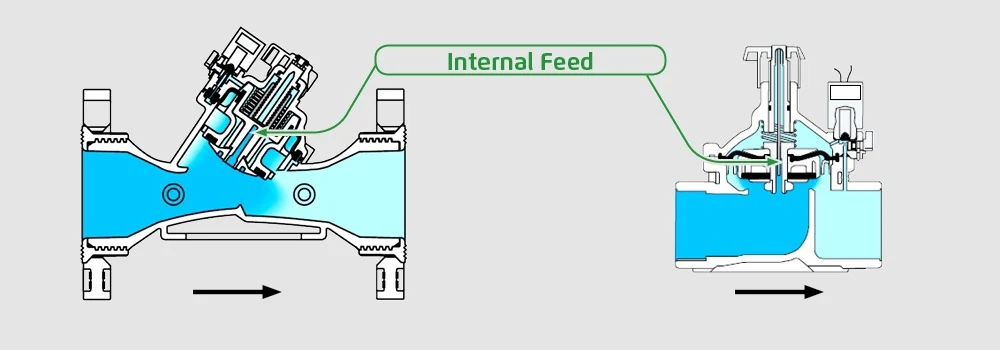
Image 1: Internal Feed Valves
An internal control valve or tubeless valve is also called an internal-feed valve or internal-bleed valve. But, no matter what name you choose, there is no denying that tubeless valves have several benefits:
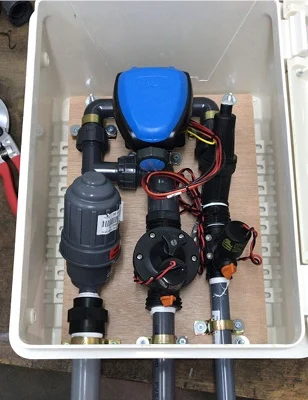
Image 2: Tubeless valves in an irrigation cabinet
In the case of tubeless valves, the most common control accessories are solenoids for on/off valve application. Such solenoids are installed on the valve cover on a “built-in” base with no control tubes connecting the valve and the solenoid, as shown in Image 3. The valve cover has been uniquely designed for the best performance (known as a BERMAD electric cover).
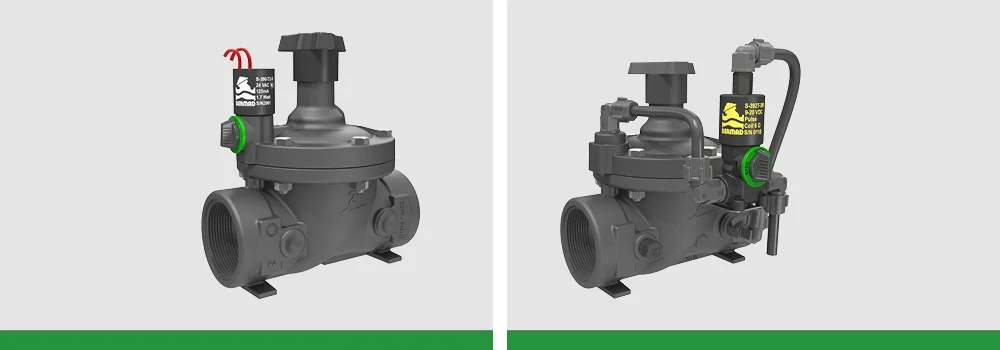
Image 3: Difference between valve with internal control loop (left photo) and valve with external control loop (right photo)
BERMAD offers two composite valve options for internal control valves (tubeless valves):
There are a few possible configurations for internal control valves, for example:
1. N1-Normally closed valve, 2–Way control, internal feed and bleed with an electric cover. This model can be 110-2W or 210-2W. This is actually an on/off electrical valve and is solenoid operated.
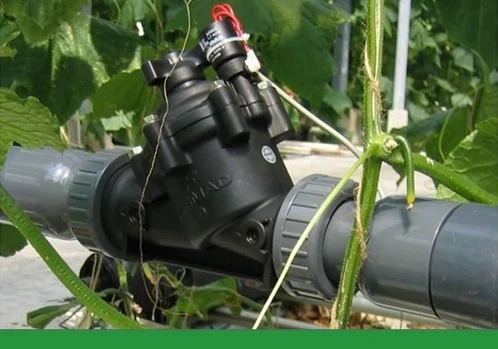
Image 4: Internal Control Valve 110-2-Way
2. N3-normally open valve, 2-Way control with internal feed and hydraulic cover used as a level control valve with a mechanical float. This model can be 150-60-N3 (2W) or 250-60-N3 (2W).
BERMAD also provides solutions that combine the internal control with external accessories such as pilots to minimize the number of control tubes on the valve. For more available configurations of internal control valve, please consult with our customer service.
Due to the 2-Way control loop, these tubeless valves can open and close very quickly, and are therefore also excellent for projects such as cooling synthetic football fields, road dust suppression or creating the effect of falling water in water fountains.
Moreover, because the valves are made from polymeric material, they are also cost-efficient, environmentally friendly, and chemically resistant.
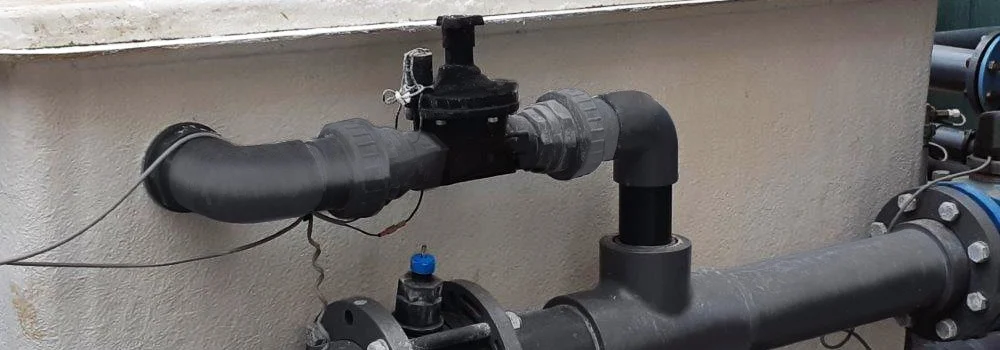
Image 5: Level control valve with bi level electric float
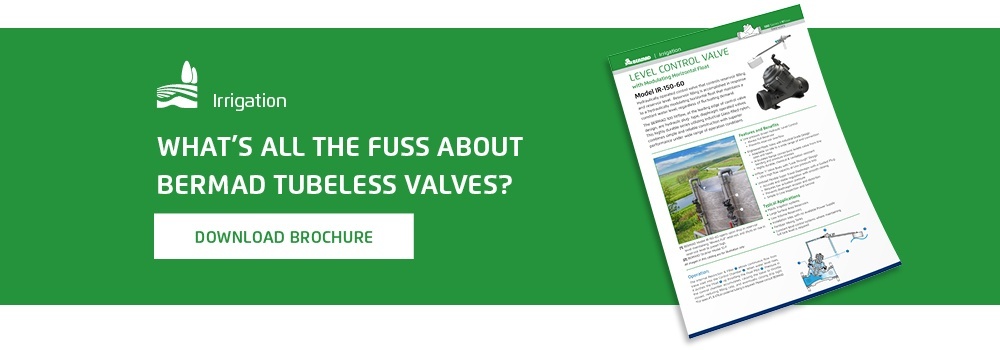

We got your email. Now, let’s make it personal...
